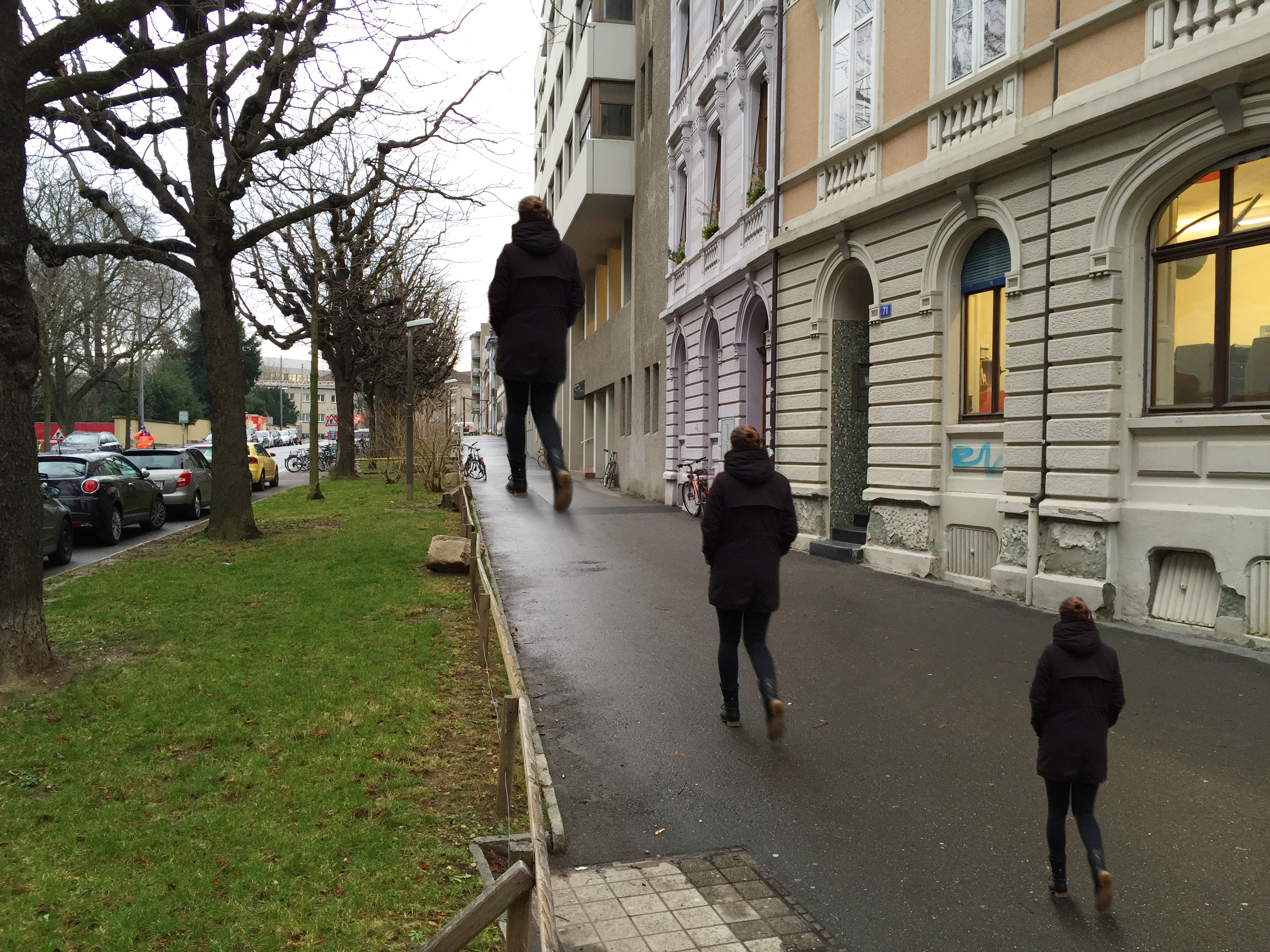Putting vision into context
And adding context to vision
21st December, 2015
Our brain does not faithfully interpret visual information, but instead uses a complex mixture of prior experience and context to shape our perception of the world. We described a pathway in the brain for this contextual information, from the mouse thalamus to visual cortex.
As soon as we open our eyes in the morning, our brain is flooded with images. Visual signals are sent from the eyes to a brain region called the Thalamus, and from there on to the visual cortex. The visual cortex, which comprises the largest part of the human brain, is responsible for analyzing visual information and allows us to see. In contrast, the Thalamus has until now been considered simply as a relay for visual information. The research team led by Prof. Sonja Hofer has discovered that a special part of the thalamus — called the Pulvinar — supplies the visual cortex with additional, non-visual information.
Contextual information is essential for visual perception
In contrast with a camera, which simply copies the images placed in front of it, our visual system highly compresses the information that passes through it. We also rely heavily on previous knowledge and non-visual information to fill in details in a visual scene. What we see is therefore not only based on the signals that our eyes send to our brain, but also depends very strongly on context. Optical illusions, such as the one shown here, make this especially obvious. The visual cortex must therefore use additional information about the context of a visual scene in order for us to understand and interpret it.
Movements in the environment can be detected effectively
Prof. Hofer and her team measured the specific signals transmitted to visual cortex from the thalamus, and found that the Pulvinar not only conveyed visual information but also additional context about a visual scene. For example, the Pulvinar sends signals about sudden, unpredicted movements in the environment which are not caused by the animal’s own movements. “Visual signals that the brain cannot predict, such as a car that suddenly appears, or maybe an approaching predator in the case of the mouse, are especially important. The pulvinar might particpate in the detection of these stimuli”, explains Dr Morgane Roth, one of the authors of the study.
Although the Pulvinar is the largest part of the Thalamus in humans, its function is still largely unknown. The researchers' findings begin to shed some light on the role of this mysterious structure. Another piece of the puzzle are the signals sent back to the Pulvinar from visual cortex, which might allow information to flow back and forth between them in a loop. Why this is the case is still completely unclear. Prof. Hofer's team is now planning to study these visual loops, and to find out how signals from the Pulvinar influence our visual perceptions and actions.
Publications
This work was published in Nature Neuroscience: MM Roth, J Dahmen, DR Muir, F Imhof, FJ Martini, SB Hofer. 2016. Thalamic nuclei convey diverse contextual information to layer 1 of visual cortex, Nature Neuroscience 19:299–307. DOI: 10.1038/nn.4197.
News and Views: Life goes by: a visual circuit signals perceptual-motor mismatch. N Ishiko and AD Huberman. 2016. Nature Neuroscience 19:177–179.